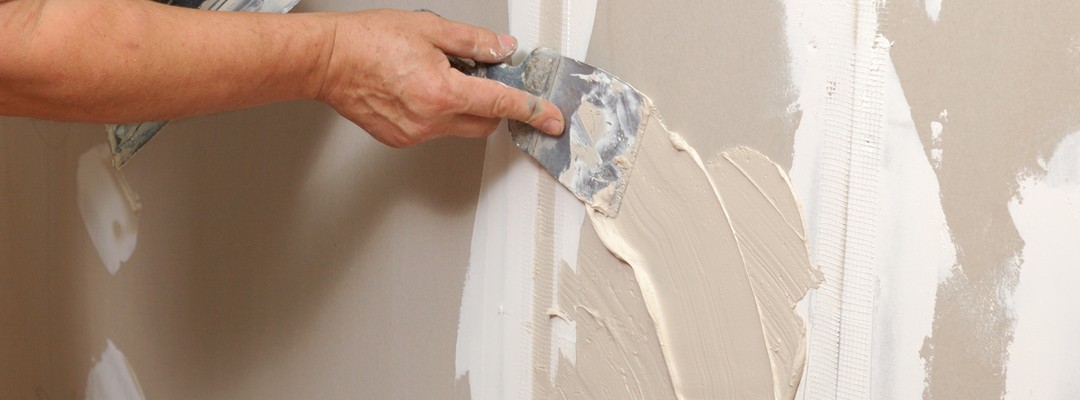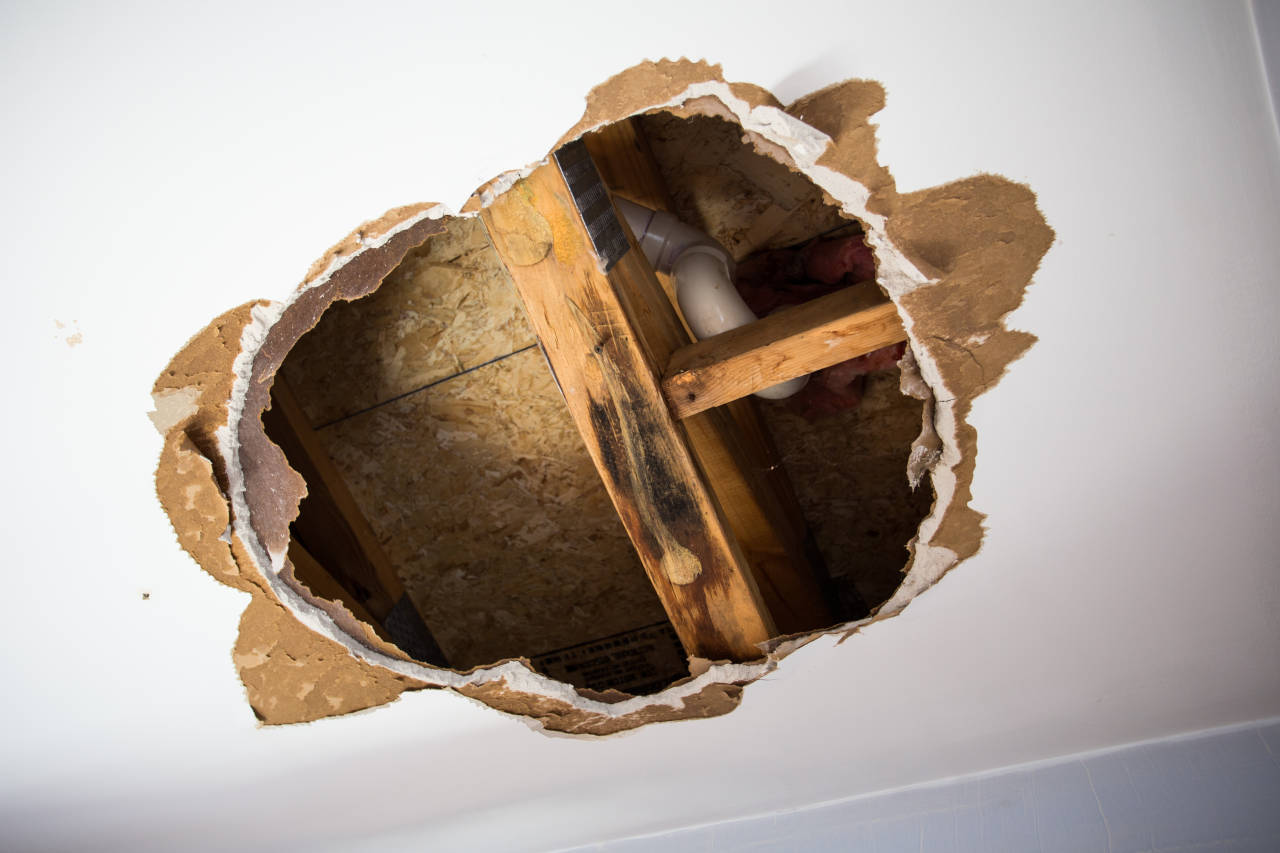Experience seamless results by working with dedicated drywall contractors and painters in your area.
Necessary Tips for Effective Drywall Repair Work and Installment Methods
Effective drywall fixing and installment calls for a cautious strategy. Comprehending the sorts of drywall and having the right devices is crucial. Proper strategies and accurate measurements can substantially affect the end result. Numerous overlook essential steps like taping and sanding, which can make or damage the final appearance. As projects proceed, usual challenges might emerge that call for interest. Discovering these suggestions can bring about an extra successful and polished surface.
Understanding Different Kinds of Drywall
Understanding the various kinds of drywall is necessary for any effective repair service or installment project. Drywall, typically understood as plaster board, is available in a number of ranges tailored for particular applications. Requirement drywall is the most widely utilized kind, perfect for basic interior wall surfaces and ceilings. Moisture-resistant drywall, usually green in shade, is designed for locations prone to humidity, such as shower rooms and cooking areas. Fireproof drywall, generally tinted pink or purple, is crafted to endure greater temperature levels and is usually made use of in garages or near heating systems. Furthermore, soundproof drywall helps minimize sound transmission, making it suitable for multi-family homes or recording workshops. Specialty drywall, like cement board, is used in wet locations like showers or bathtub surrounds. Recognizing these kinds helps in selecting the appropriate material for every task, guaranteeing resilience and performance in repair work or new installations.
Necessary Tools for Drywall Repair and Installation
Having the right devices is important for reliable drywall repair and installation. A top quality utility knife is vital for reducing drywall sheets specifically. A drywall T-square helps guarantee straight edges, while a taping knife is necessary for using joint substance smoothly over joints. Additionally, a drywall saw enables for eliminating damaged areas or fitting drywall around fixtures.
For hanging drywall, a power drill with drywall screws is important, as it makes it possible for protected and quick setup. A degree is likewise important to confirm that the drywall is straight and correctly straightened. A sanding block or pole sander is crucial for raveling joint substance once it has dried. A measuring tape is critical for exact dimensions, stopping waste and ensuring a correct fit. Furnished with these tools, people can deal with drywall tasks efficiently, leading to professional-looking results.
Step-by-Step Overview to Fixing Holes and Cracks
When attending to openings and cracks in drywall, having the right devices and materials is important for a successful fixing. This overview details the required products and supplies a clear, detailed process to properly bring back the surface. Understanding these components will assist assure a seamless finish and long-lasting results.
Devices and Materials Needed
A fully equipped toolkit is essential for effective drywall repair work and installation. Trick devices include an utility knife for cutting drywall, a tape measure to guarantee accurate sizing, and a drywall saw for larger holes. A putty blade is crucial for applying joint substance efficiently, while a sanding block or post sander helps attain a seamless finish. For patching, a roll of fiberglass mesh tape or paper tape is needed to strengthen joints. Additionally, a drill and screws are required for securing new drywall pieces. Vital products contain joint compound, primer, and paint to complete the fixing. Having these tools and materials handy assures a smoother, extra effective fixing procedure, generating professional-looking results.
Repair Process Actions
Fixing holes and fractures in drywall calls for an organized method to assure a seamless surface. First, the location surrounding the damages needs to be cleansed extensively to get rid of dirt and particles. Next off, for little splits, a putty knife is utilized to apply a joint substance evenly over the area. For larger openings, a patch is necessary; the harmed area is removed, and a new item of drywall visit the site is suited place, safeguarded with screws. When the spot is in setting, joint compound is used to blend the edges. After drying, fining sand the location smooth is crucial. Finally, the repaired surface ought to be primed and repainted to match the bordering wall, ensuring an inconspicuous repair work.
Methods for Setting Up Drywall Panels
Setting up drywall panels calls for careful preparation and precise execution to guarantee a specialist and smooth surface. First, it is vital to determine the wall room accurately and reduce the panels to fit, making certain that they straighten with the studs. Positioning the panels horizontally is generally recommended, as this can enhance the structural stability and decrease the number of joints.
Utilizing drywall screws, installers should safeguard the panels every 16 inches along the studs, making sure a firm hold. It is vital to avoid overdriving the screws, which can harm the paper surface area. For sides and edges, using an energy knife allows for clean cuts and a snug fit.

Finishing Touches: Taping, Mudding, and Fining sand
As soon as the drywall panels are securely in area, the following essential action involves the finishing touches of taping, mudding, and sanding. Insulation is essential for creating a smooth shift in between panels and hiding joints. A top quality drywall tape, either paper or fiberglass harmonize, should be used over the seams, ensuring it sticks effectively to the mud that will be used following.
Mudding, or applying joint substance, follows the taping process. This substance loads spaces and smooths out the surface. An initial layer must be used kindly, feathering the edges to mix with the drywall. After the first layer dries out, succeeding layers may be needed for a perfect finish.
Sanding is essential to achieve a smooth surface. A fine-grit sandpaper needs to be utilized to carefully smooth out any kind of flaws. Care ought to be taken to avoid over-sanding, which can damage the drywall - Interior Painting. Properly executed, these completing touches develop an expert appearance prepared for paint
Tips for Keeping Your Drywall After Installment
Preserving drywall after installment is important to maintaining its look and structural integrity. Normal discover here cleansing is required; dust and dirt can gather, so gentle cleaning with a moist towel is suggested. Homeowners ought to also check for any kind of indications of moisture or mold, especially in high-humidity locations like bathrooms and kitchen areas. If any damages happens, it is essential to resolve it without delay to avoid additional concerns.
Using furniture pads can aid stop scratches or dents from heavy items. Furthermore, repainting the drywall with a top quality, washable paint gives an extra layer of defense and makes future cleaning easier. Prevent making use of rough cleaners or tools, as these can harm the surface. Preserving a steady indoor climate with appropriate humidity levels will certainly assist protect against cracking or warping over time. By following these pointers, one can assure that drywall continues to be in outstanding condition for several years to come.
Frequently Asked Inquiries
How Much Time Does Drywall Take to Fully Dry After Installation?

Can I Mount Drywall Over Existing Drywall?
Yes, drywall can be set up over existing drywall, however it is vital to ensure the underlying surface area is protected and properly prepared. This technique can improve insulation and decrease installation time, though it may add weight.
What Is the Ideal Method to Soundproof Drywall?
The very best method to soundproof drywall includes utilizing specialized soundproofing materials, such as resilient networks, acoustic caulk, and sound-dampening drywall. These methods properly reduce sound transmission in between rooms, boosting general acoustic efficiency in living spaces.
Exactly how Do I Select the Right Drywall Thickness?
To select the appropriate drywall density, think about the application and location. Requirement household walls normally utilize 1/2 inch, while ceilings or specialized areas might need 5/8 inch for extra stamina and soundproofing capacities.
Exist Eco-Friendly Drywall Options Available?
Yes, environment-friendly drywall options are offered. These include items made from recycled products, plaster boards with reduced volatile organic substances (VOCs), and those using sustainable manufacturing processes, providing environmentally-conscious options for building and remodelling projects.
Having the right tools is essential for efficient drywall repair and installment. For hanging drywall, a power drill with drywall screws is important, as it allows protected and quick installment. Key devices include an utility knife for reducing drywall, a tape action to guarantee exact sizing, and a drywall saw for bigger openings. Yes, drywall can be installed over existing drywall, however it is necessary to guarantee the underlying surface is safe and appropriately prepared. The best method to soundproof drywall entails utilizing specialized soundproofing products, such as resistant channels, acoustic caulk, and sound-dampening drywall.